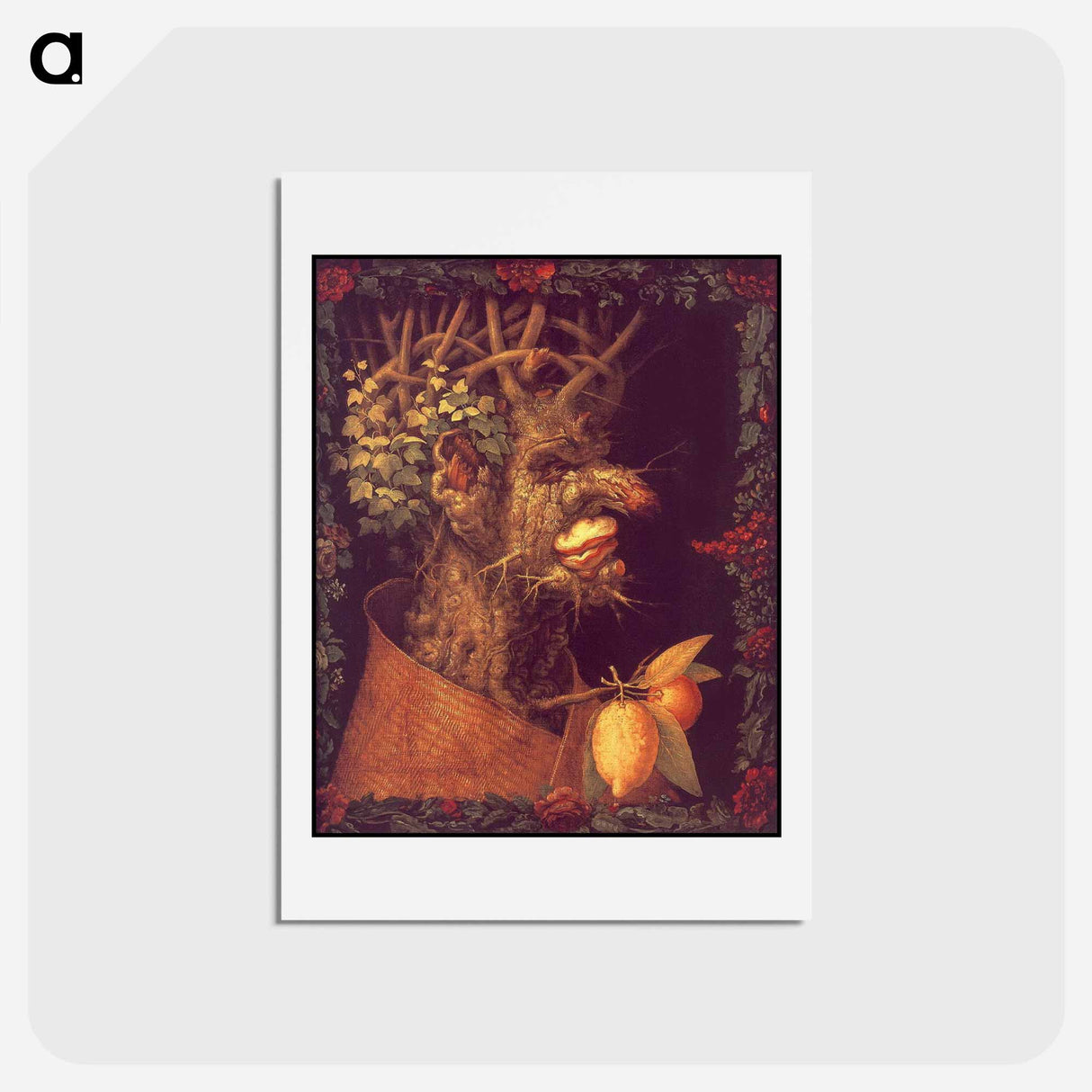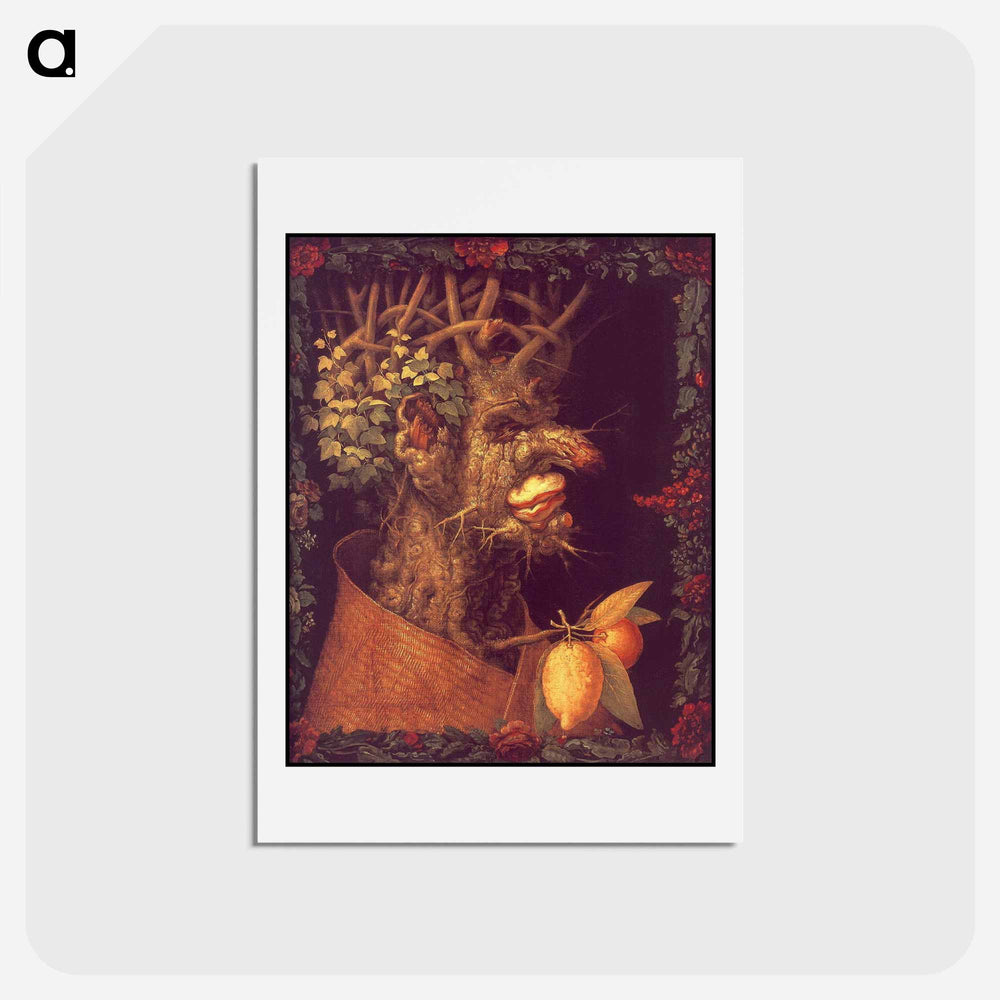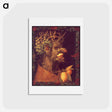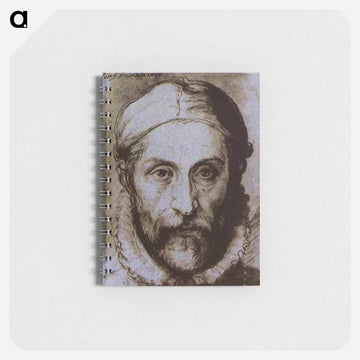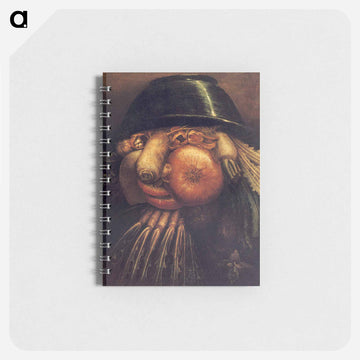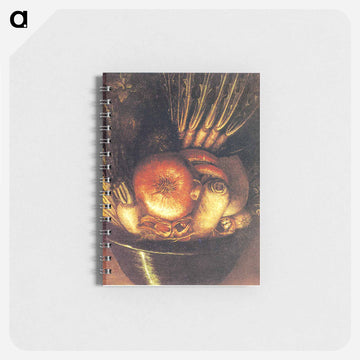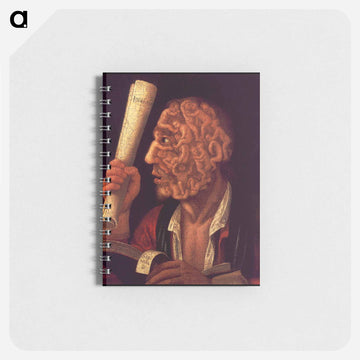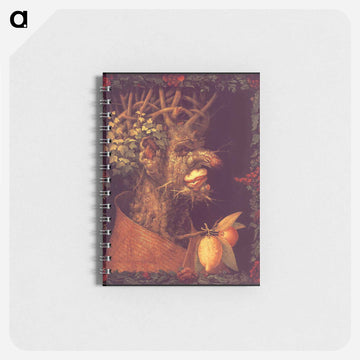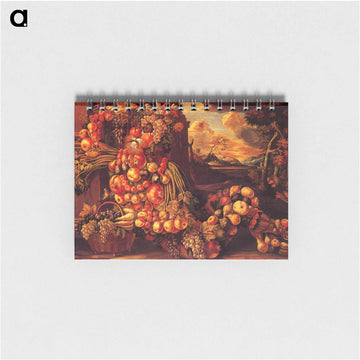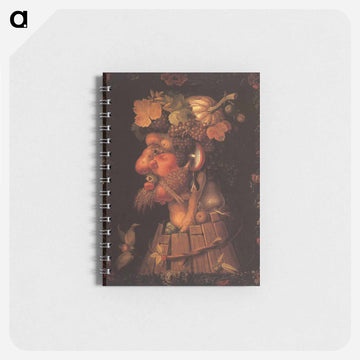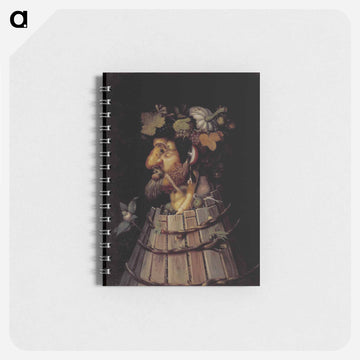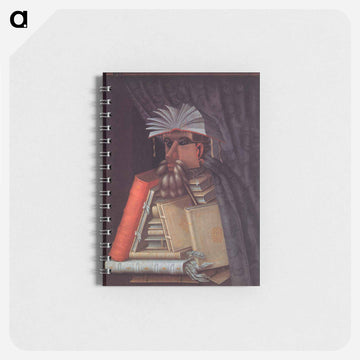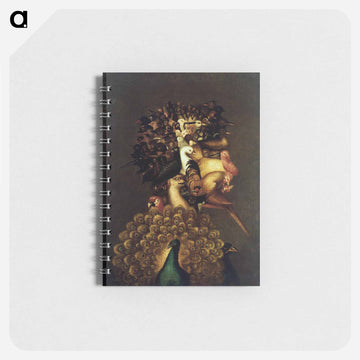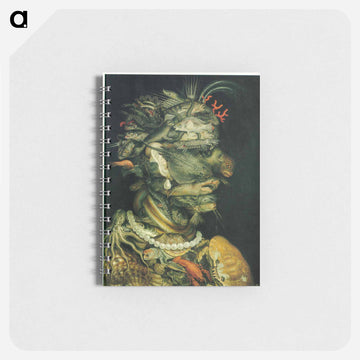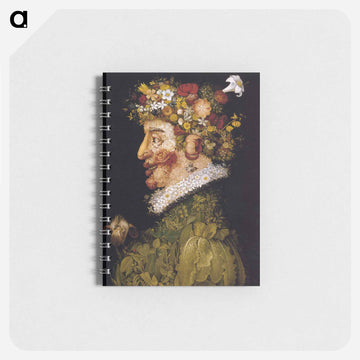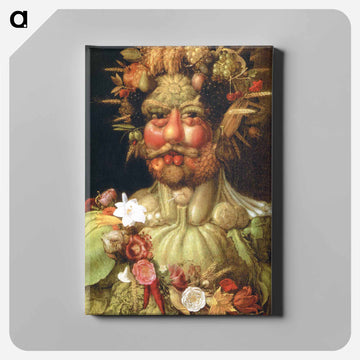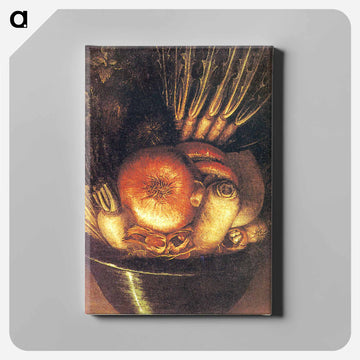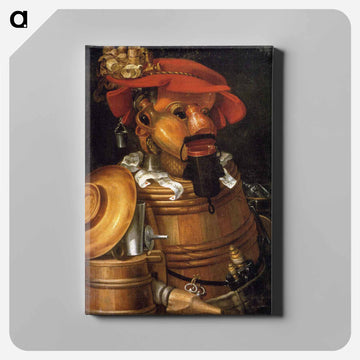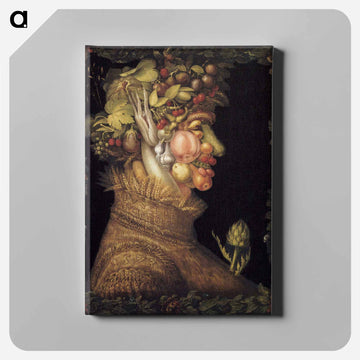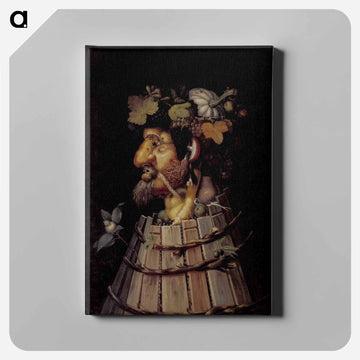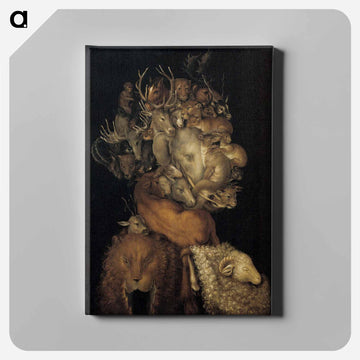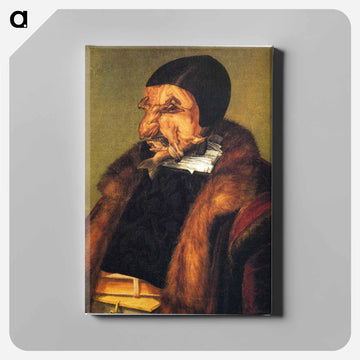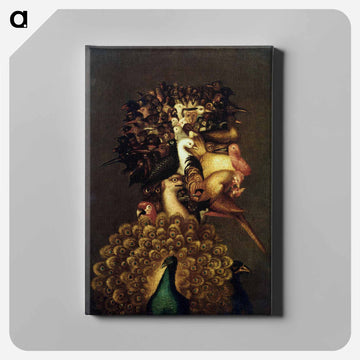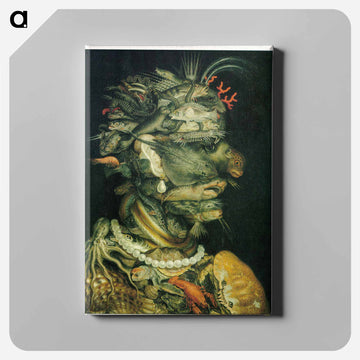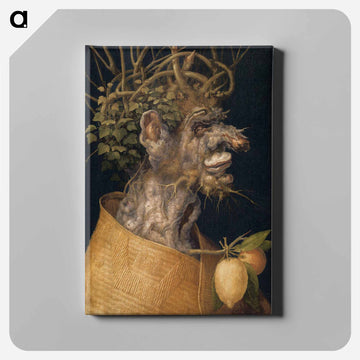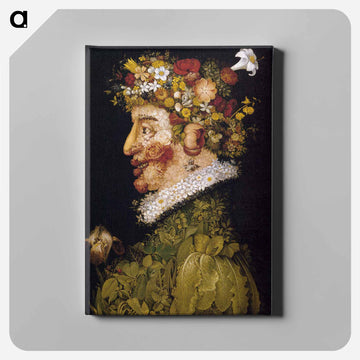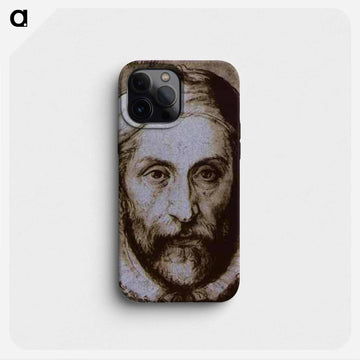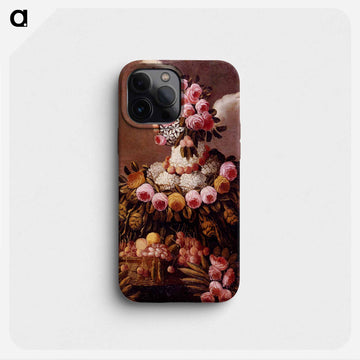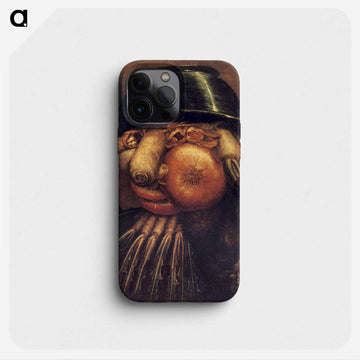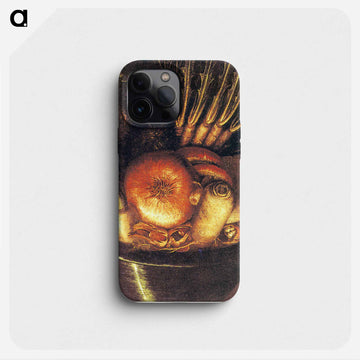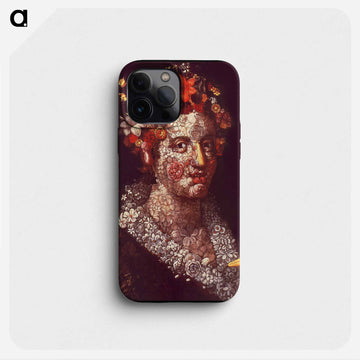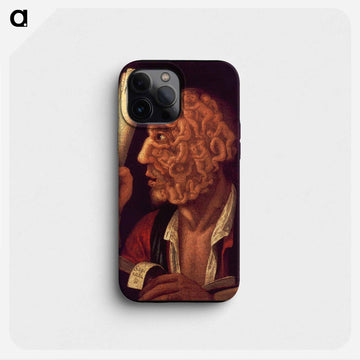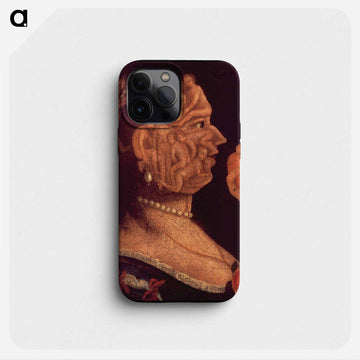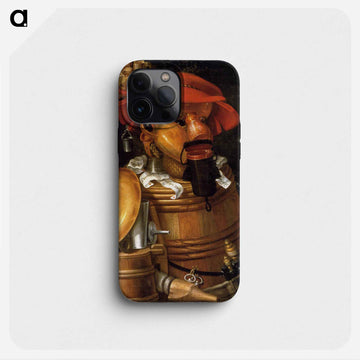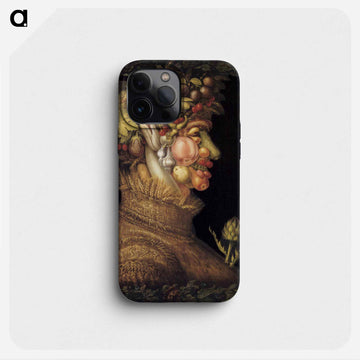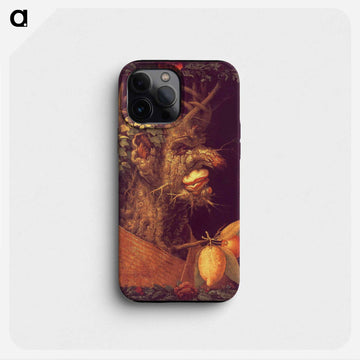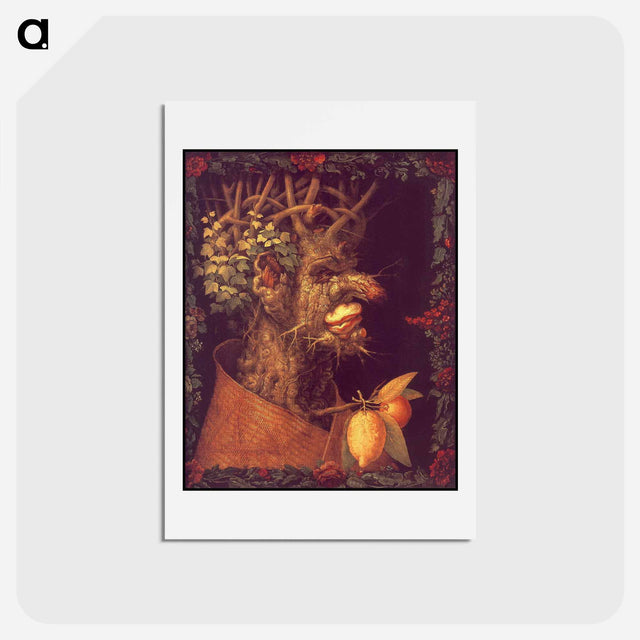Winter - ジュゼッペ アルチンボルド Postcard.
Winter - ジュゼッペ アルチンボルド Postcard. - L(89×127) / 印刷のみ / なし is backordered and will ship as soon as it is back in stock.
【出荷予定について】
※土日祝定休
製品説明
製品説明
気軽にアートを飾りたい
そんなお声に応えて生まれたartgraph.の「Mini Art」ポストカードシリーズ。
小さくて軽いから、場所を選ばずに飾ることができ、季節に合わせて変えたり
まるでお花を飾るように暮らしに気軽にアートを取り入れることができます。
豊富な作品からお気に入りの一枚を
作品は数百種類をご用意。上品でモダンな作品やエモーショナルな抽象画など
インテリアのテイストや、プレゼントならお相手が好きそうな作風、季節にあった作品など、シーンに合わせてお好きな作品をお選びくださいね。
こだわりのアートペーパー
用紙にもこだわり、手に取った時の質感も大事に作品を制作しております。
大型の作品としても起用されることが多い、アーカイバル品質として、
高く評価されている用紙を贅沢にポストカードサイズに切り出しています。
ウッドスタンドでアートを気軽に飾れる
インテリアにぴったりなL字型のウッドスタンドをセットでお届け。
温かみのある木製のスタンドは、ナチュラル、北欧、モダン、和風など、どんなテイストのお部屋にも自然と溶け込みます。
主張しすぎないシンプルなデザインが、アート作品そのものの魅力を引き立てます。
小さくて軽いので、リビング、玄関、寝室、書斎、トイレなど、ちょっとしたスペースに気軽に飾れます。気分に合わせて飾る場所を変えられるのも魅力です。
※背面には切手のガイド線や郵便番号を書き込むエリアの印字などはなく、真っ白での仕上げとなります。
※余白ありの場合は、作品の縦横比によって余白が発生します。
※余白なしの場合は、用紙のサイズに合わせて作品がトリミングされます。
※配送中にずれてしまう可能性がございますので、フォトスタンドに入れた状態では出荷しておりません。
| 印刷サイズ | 100×148mm(ポストカードサイズ)/ 89×127mm(L判) |
| スタンド本体サイズ | H185mm×W152mm×D40mm |
| 作品名 | Winter(冬 ) |
| 作家名 | Giuseppe Arcimboldo(ジュゼッペ アルチンボルド) |
| 制作年月日 | 1573 |
| 関連キーワード | ジュゼッペアルチンボルド さ行 イタリア マニエリスム 16世紀 寄せ絵 奇想画家 アート ポストカード ミニアート ハガキ インテリア おしゃれ 絵画 絵 絵はがき 名画 風景画 風景 雑貨 ヴィンテージ レトロ 玄関 リビング ダイニング 寝室 台所 トイレ 玄関などご自身用にも、モデルルーム、オフィス、事務所、お店、ホテル、カフェなどのディスプレイ用の複製作品としてご利用もいただいております。誕生日などのお祝い、ギフトプレゼントとしてもご利用いただいております。 |
| Related Keywords | |
| 管理番号 | 1-15 |
商品写真はできる限り実物の色に近づけるよう徹底しておりますが、 お使いのモニター設定、お部屋の照明等により実際の商品と色味が異なる場合がございます。
素材ごとに異なるニュアンスが生まれることもございますが、風合いとしてお楽しみいただければ幸いです。
お届けについて
お届けについて
出荷までの期間はポスターのみは3営業日、額装込み・キャンバス製品は10営業日程度いただいております。
それ以外の製品は10〜14営業日程度いただいております。
営業日:月〜金曜
定休日 : 土・日曜日・祝日
※サイズ・色・点数によってお届けに通常より長くお時間をいただく場合がございます。お急ぎの場合や複数点数のご購入をご検討の場合は事前にお問い合わせください。
返金交換について
返金交換について
返金・交換に関して
到着した製品に不具合がございましたら到着より7日以内に速やかにご連絡ください。
■返品・交換などの連絡先
info@artgraph.jp
返金
商品に不具合が有った場合は上記「返金・交換」をご覧下さい。
キャンセル
生産開始前であればキャンセル・返金可能ですが、生産が終了している場合は全額ご請求とさせていただきます
詳しくはこちら
安心してご注文いただけます。
Payment methods
artgraph.では運営側でクレジットカード情報を保存せず、お客様のクレジットカード情報にアクセスすることはできませんので安心してご利用ください。

Giuseppe Arcimboldo
Giuseppe Arcimboldo was a painter from Milan, Italy, who was active in the 16th century. He is known for his highly original works, in which he combines objects such as fruits, vegetables, plants and animals, and books to create portraits and allegorical paintings. His fantastical works are considered to be the forerunners of Surrealism, and continue to fascinate many people today. His works are searched for by many people who are interested in his unique and unparalleled style of painting, using keywords such as "Giuseppe Arcimboldo collage" , "Giuseppe Arcimboldo four elements" , and "Giuseppe Arcimboldo portrait" .
Giuseppe Arcimboldo Biography
- Born in Milan, Italy in 1526
- His father was also a painter, so he learned painting from an early age.
- From around 1549, he produced works with religious themes, including stained glass designs for the Milan Cathedral.
- In 1562, he was invited to Vienna to become court painter to Holy Roman Emperor Ferdinand I.
- After that, he served three emperors, including Maximilian II and Rudolf II, and produced portraits and decorative paintings.
- In particular, during the reign of Rudolf II, his unique ideas and artistic talent were highly praised, and he produced many works.
- In 1587, he resigned from his position as court painter and returned to Milan.
- Died in Milan on July 11, 1593 (aged 67)
Representative works
- Emperor Rudolf II as Vertumnus (c. 1590)
- "Air" (c. 1566)
- "Four Elements: Earth" (around 1570)
- "Fire" (c. 1566)
- Water (c. 1566)
- The Librarian (c. 1566)
- The Jurist (1566)
- The Gardener (c. 1590)
- The Cook (year unknown)
Arcimboldo's painting style, also known as "mosaic art," is highly original, combining multiple objects to create a single image. He depicted various motifs, such as fruits, vegetables, flowers, fish, and books, based on meticulous observation, and skillfully arranged them to create portraits and allegorical images. In particular, "Emperor Rudolf II as Vertumnus," a portrait of Holy Roman Emperor Rudolf II, is widely known as his masterpiece, and is recognized as his most famous work with keywords such as "Giuseppe Arcimboldo Emperor Rudolf II" and "Giuseppe Arcimboldo mosaic art." In this work, the emperor's face is composed of fruits, vegetables, and flowers of the four seasons, and the unusual concept and outstanding technique amaze viewers.
Arcimboldo also left behind a series of works in which he personified the "Four Elements." In these works, the elements of the world, such as air, earth, fire, and water, are represented by plants, animals, and objects related to each element, demonstrating his deep knowledge of the natural world and his talent for elevating it into works of art. These works, under the keyword "Giuseppe Arcimboldo The Four Elements," are highly regarded as his important achievements.
Arcimboldo's work was forgotten for a long time, but was reevaluated by the Surrealists in the 20th century and has had a major impact on contemporary art. His works are housed in museums around the world, including the Kunsthistorisches Museum in Vienna, and you can find information on museums where you can view his work by searching for "Giuseppe Arcimboldo works" and "Giuseppe Arcimboldo Museum."


